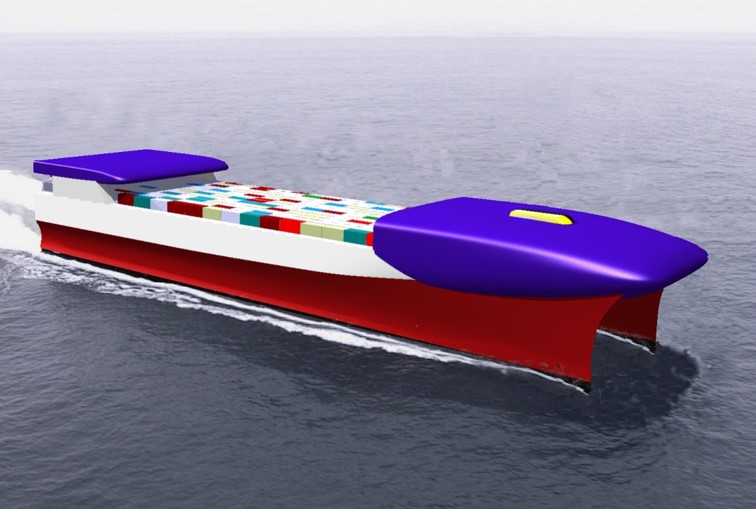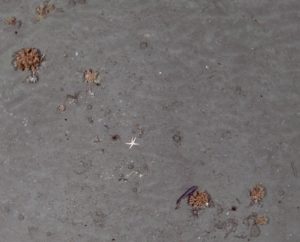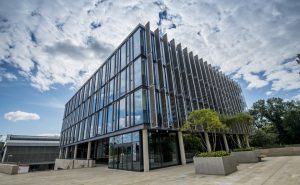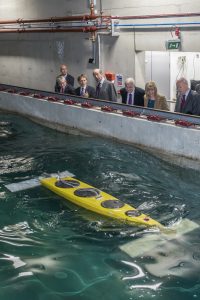If you are thinking about a future in mechanical engineering or aerospace why not consider maritime? Salaries remain strong, there is a worldwide shortage of engineers with maritime expertise and you as an individual can really make a significant difference.
Looking to the future the UK maritime sector is set to continue growing and to become an ever more important part of the UK’s economy. Already the maritime sector with an economic impact of £116bn is larger than the rail and aviation sectors combined. As an industry it supports over a million jobs that are 45% more productive than UK average, with pay 30% higher than UK benchmark and has expanded by 35% between 2010 and 2019.
These are the highlights from a detailed report by CEBR commissioned by MaritimeUK that discusses crucial maritime activities in the UK: shipping(£49Bn), engineering and science(£34Bn), business services(£13.7Bn), ports(£10Bn) and leisure(£8Bn) all play their part.
Research and development will play a key part in future UK success particularly in green technology developments around: decarbonising the shipping fleet of the world; developing the technology to harvest marine renewables such as floating offshore wind, tidal and wave energy; digital technology to ensure that ships are productive and can operate safely minimising risk to crew through increased use of autonomous systems; data analytics that allow ships to manage their voyage to account for the latest weather; achieving improved performance through use of foiling technology developed through high performance sailing events such as the America’s Cup, reducing ship resistance using air lubrication technology and returning to the age of sail through wind assist.
What industry needs are the highly qualified maritime engineers and ship scientists that can create and implement these innovative technologies. Typically 15 times as many students apply for aerospace as opposed to maritime courses and as a result only a small proportion of aerospace graduates actually go to work in their sector whereas in maritime there are many many opportunities worldwide as well as in the UK.
https://www.maritimeuk.org/careers/careers-seekers/
Our degree programmes are designed for the future and are taught by academics who are at the forefront of the maritime sector worldwide. As part of the School of Engineering we are in the top four of UK Engineering units of assessment for the the quality of its research (REF2021) and its societal and economic impact. The pathways for our final two years of our MEng programme include advanced computational engineering, ocean energy and offshore engineering, international naval architecture, marine engineering and autonomy, and yacht and high performance craft.
Our courses are the only ones that are joint accredited by the Institution of Mechanical Engineers, the Royal Institution of Naval Architects and the Institute of Marine Engineers, Scientists and Technologists. Year-on-year our national student survey results consistently rate us as the top UK maritime engineering and ship science degree programme.








